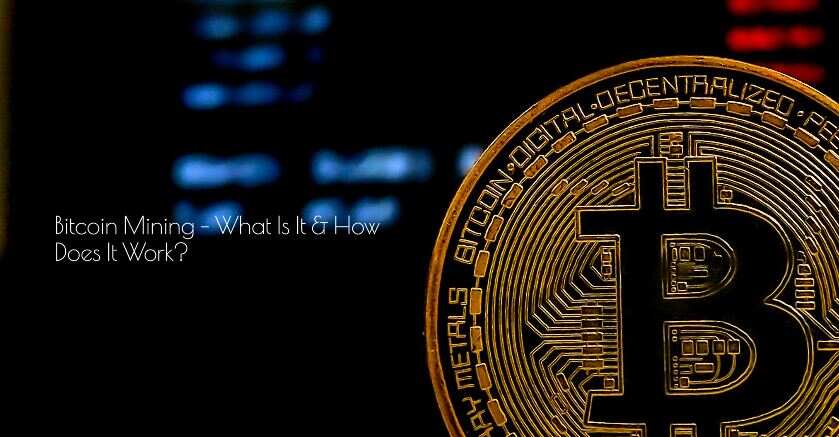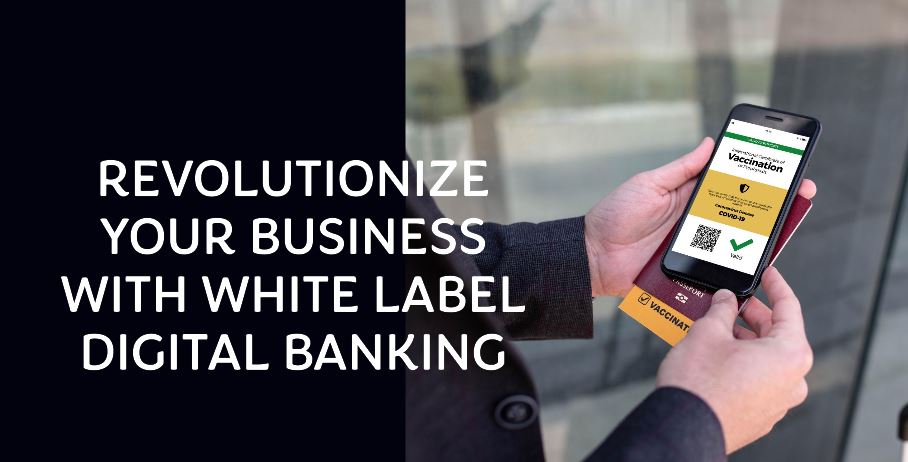Bitcoin is often considered as the pioneer of digital currencies. But have you ever wondered how this magic internet money is created and how it stays secure? Well, the answer to this lies in a process known as Bitcoin mining, which is a vital cog in the machinery that keeps the Bitcoin network running smoothly.
Understanding Blockchain and Bitcoin
Before diving into Bitcoin mining, let’s grasp the basics. Bitcoin operates on a blockchain, which is essentially a digital ledger. It records all cryptocurrency transactions and shares this information across a distributed network of computers. In simple terms, a blockchain is a way to securely document data in a decentralized manner.
Bitcoin itself is built on this blockchain network, which stores and records transactions across a vast network of computers. Each transaction is only added to the blockchain after being verified and validated by miners. Once this happens, the transaction becomes permanent and tamper-proof.
Bitcoin relies on distributed ledger technology, a key feature of blockchain, to ensure that records cannot be altered, offering transparency in transactions. The Bitcoin blockchain employs the SHA-256 cryptographic algorithm to transform data into a unique string of characters.
What Is Bitcoin Mining?
Bitcoin mining is the process of validating transactions on the Bitcoin network. It’s similar to validating a block in a chain and being rewarded with new Bitcoins. Those involved in this process are known as miners. The term “mining” is aptly used because, like mining natural resources, there’s a finite supply of Bitcoins. The maximum number of Bitcoins that can ever exist is 21 million. In Bitcoin mining, you invest energy in the form of electricity to create new Bitcoins.
Miners compete to solve complex cryptographic puzzles to verify blocks containing transactions. The first miner to successfully solve the puzzle updates the ledger of transactions on the Bitcoin blockchain network and earns newly minted Bitcoins. Keep in mind that these miners are computer programs, and the more powerful the computer, the more guesses it can make per second, increasing the chances of winning this race.
Bitcoin mining serves several essential purposes:
A) Bringing new coins into circulation and verifying ongoing transactions.
B) Preventing counterfeiting and double-spending.
C) Maintaining a decentralized ledger.
How is Bitcoin Mined?
Here’s a breakdown of the Bitcoin mining process:
- Setting Up Powerful Hardware Resources: Before miners can begin minting Bitcoins, they need robust computer rigs and specific tools for efficient puzzle-solving. Mining hardware options include graphics processing units (GPUs) with advanced graphics cards, field programmable gate arrays (FPGAs), and application-specific integrated circuits (ASICs). Currently, ASIC-based hardware is the most advanced, though it comes at a significant cost.
- Installing Mining Software and E-Wallets: Miners also require specific software like CGMiner, XMR Miner, and MultiMiner. Most of these programs are free to download and compatible with Windows and Mac computers. Miners need an e-wallet to store their earned Bitcoins. An e-wallet is a digital tool for storing, transferring, and receiving cryptocurrencies.
- Mining Pool or Solo Mining: Miners can choose between solo mining or joining a mining pool. Mining alone is challenging due to the increasing difficulty, so mining pools were created. In a pool, groups of miners combine their computing power to handle the growing complexity of mining. Each miner is compensated for their share of the work. Pool mining is more efficient and inclusive, allowing small miners to earn Bitcoin.
- Starting the Mining Process: Once the setup is complete, miners aim to solve complex mathematical hash puzzles to validate transactions on the Bitcoin blockchain. Miners create a cryptographic hash for each transaction using the SHA-256 encryption. These transaction hashes are then organized into blocks using a Merkle tree or hash tree structure. Each block has its own address and must contain proof of work (PoW) to be considered valid.
Miners compete to find a specific target hash, which is a 64-digit hexadecimal number. This target hash is set by the network approximately every 2,016 blocks, with the goal of maintaining an average block creation time of 10 minutes. Mining difficulty and hash rate play significant roles in this process. The miner continually seeks a number string appended to the previous block’s hashed contents. If this new hash is less than or equal to the target hash, it’s accepted as the solution. Other miners and Bitcoin security nodes verify the block’s correctness, and if it’s accurate, it’s added to the official Bitcoin blockchain network.
The first miner to crack the code wins the block reward, which is currently 6.25 BTC per block, and the privilege to authorize the transaction.
Empowering Crypto Enthusiasts Through Education
In the world of cryptocurrency, where Bitcoin and other top cryptocurrencies are making waves in the financial markets, understanding the intricacies of cryptocurrency trading is important. As we’ve explored in the article, cryptocurrency is a complex and rapidly evolving field. This is where crypto trading courses step in to play a crucial role. These courses are a gateway for individuals to learn cryptocurrency trading, navigate the world of cryptocurrency cybersecurity, and stay informed about crypto regulation and compliance.
To successfully engage in cryptocurrency trading, one must be equipped with the right knowledge and skills. Crypto trading courses provide the necessary foundation for understanding market dynamics, making informed trading decisions, and managing risks effectively. They teach aspiring traders how to harness the potential of top cryptocurrencies while avoiding common pitfalls.
With the growing adoption of cryptocurrencies, ensuring the security of your digital assets is of paramount importance. Crypto trading courses often include modules on cryptocurrency cybersecurity. This knowledge is invaluable for safeguarding your investments in the digital realm, where threats from hackers and scams abound.
A well-structured crypto trading course can turn anyone, even newcomers, into a competent crypto advisor. The education received helps individuals guide others in the complex world of cryptocurrency trading, providing informed insights and advice on market trends, investment strategies, and risk management.
As governments worldwide introduce regulatory frameworks for cryptocurrencies, understanding these regulations is vital for traders and investors. Crypto regulation and compliance training cover the evolving landscape of crypto regulation and compliance, helping individuals stay on the right side of the law and operate with confidence within established boundaries.
In conclusion, Bitcoin mining is an essential part of the cryptocurrency’s ecosystem, responsible for securing transactions and releasing new Bitcoins. While it can be profitable, it’s not a guaranteed moneymaker and potential miners should be well-prepared for the challenges it presents. Bitcoin’s innovative technology and decentralization remain at the core of its appeal, making it a fascinating subject for those interested in the world of digital currencies.
If you’re interested in exploring deeper into the world of blockchain and cryptocurrency, consider exploring the courses offered by Blockchain Council. As an authoritative group of subject experts and enthusiasts, they are dedicated to promoting blockchain research and development, use cases, and products, all aimed at contributing to a better world. Blockchain technology is not merely a technology, it rather represents a rapidly emerging field with immense future potential. With its multifaceted benefits and features, companies are increasingly transitioning from traditional centralized systems to this forward-thinking and transformative technology known as “Blockchain”. Blockchain Council can be your gateway to understanding and harnessing the power of this revolutionary technology.


